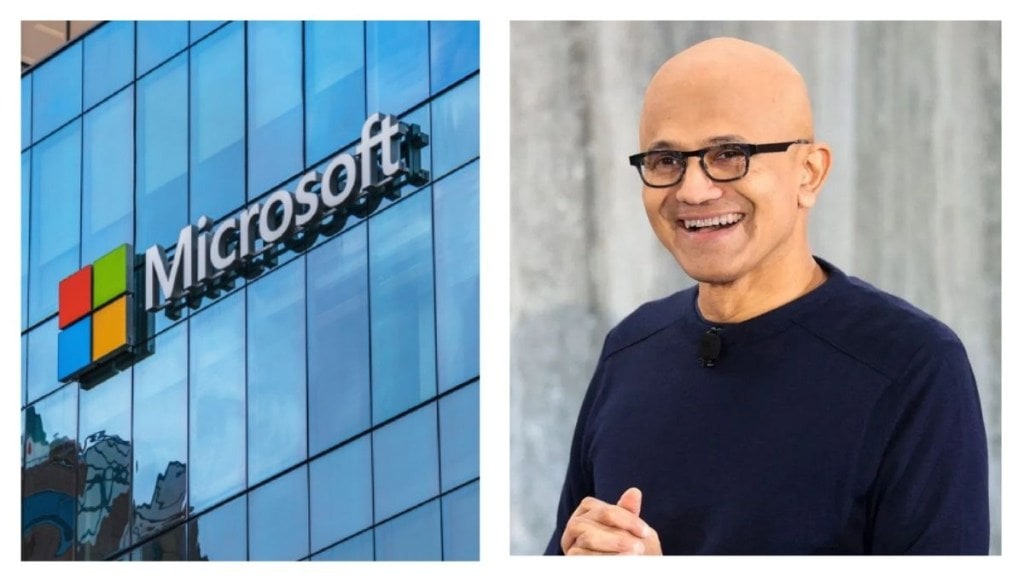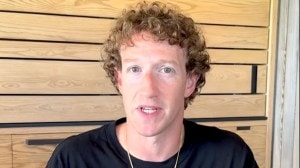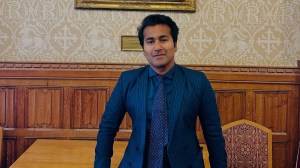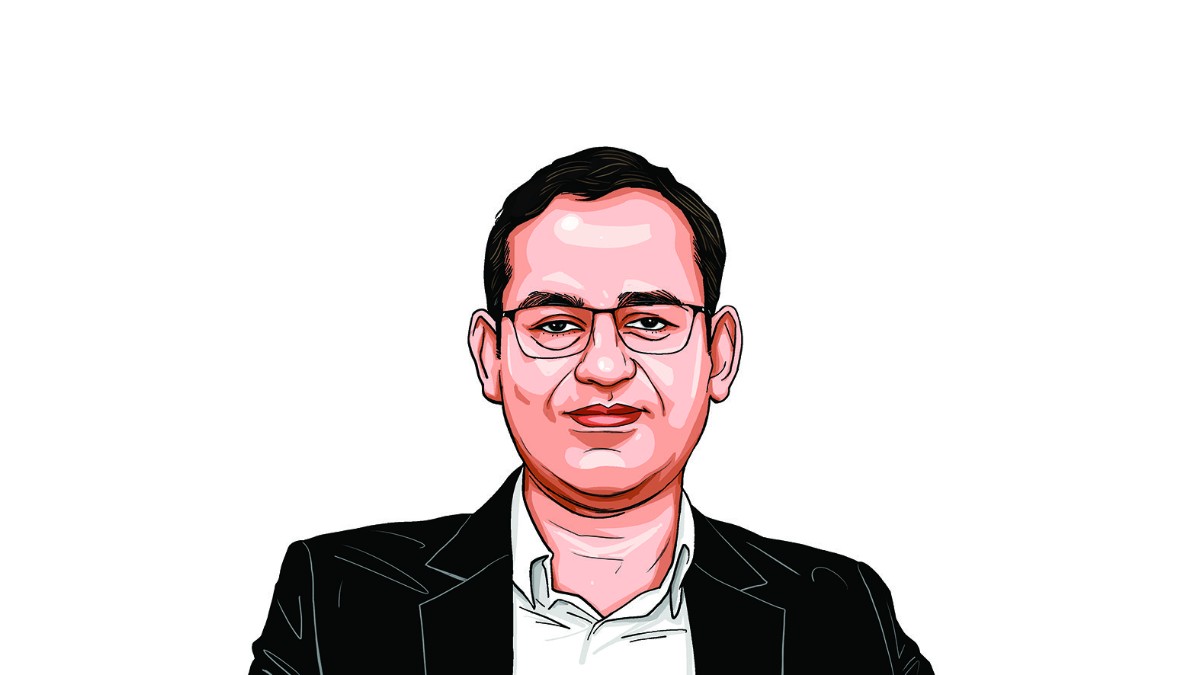At a time when the world is going crazy with the iPhone 17, people in the Microsoft land are worried about the loss of support for the old and dated Windows 10. The predecessor to the Windows 11 operating system, Windows 10 has seen its support extended by a long margin but people aren’t willing to let it go. A prominent consumer watchdog group is raising the alarm, urging Microsoft to reverse its decision to end free security updates for Windows 10.
The Consumer Reports organisation warns that the move, which is set to take effect on October 14, 2025, will leave millions of PC users vulnerable to cybersecurity threats and contribute to a significant e-waste problem across the world. Note that the stringent hardware requirements for Windows 11 prevent it from wider installation across older generation hardware.
Consumer Reports sends a letter to Satya Nadella
The organisation has sent a formal letter to Microsoft CEO Satya Nadella, highlighting the potential for widespread security risks once the support is officially ended. The core of their concern lies in the fact that a vast number of Windows 10 users, which is estimated to be approximately 400 million, are unable to upgrade to Windows 11. This is largely due to the new operating system’s stricter hardware requirements, which render many older devices incompatible.
Windows 11 was originally released in 2021 and introduced a whole lot of new features to make the PC seem in place with today’s modern gadgets. While most of the system requirements seem to be compatible with older, powerful PCs, the necessity to have a TPM 2.0 module and the latest DirectX 12 driver forced people to ditch their older PC and upgrade to newer models.
Sadly, for enterprises and other large corporations that had just transitioned to systems based on Windows 10, the instant shift made it difficult to upgrade. The stringent requirements led many IT groups to stick with the older systems until Microsoft ended the final software support.
Microsoft urged to retain Windows 10 support
Consumer Reports described Microsoft’s position as hypocritical, arguing that the company is failing to protect a large portion of its user base despite consistently emphasising the importance of cybersecurity. The group says that Microsoft is essentially forcing users into a difficult choice – operate an insecure system or buy a new, more expensive device that can run Windows 11. The cost of buying a copy of Windows 11 is also a major barrier for many individuals and businesses.
Adding to the controversy is the cost of extended security updates (ESUs), which Microsoft is offering as a temporary solution. The annual fee for a one-year extension is $30, a cost that critics say is prohibitive for many users, particularly those with a limited budget.
The Public Interest Research Group (PIRG) has estimated that the forced obsolescence of up to 400 million computers could lead to a massive surge in electronic waste.
Microsoft has not yet issued a public response to these demands, leaving the fate of millions of users—and their devices—in question.







